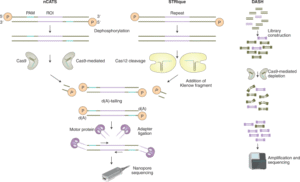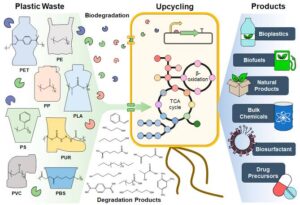Back to: MICROBIOLOGY 500 LEVEL
Welcome to class!
My brilliant future scientist, welcome back to another exciting session! Today, we’re looking at a life-changing topic—Gene Therapy Basics. This is one of those topics that sounds complex, but don’t worry—we’ll break it down into simple, human and relatable terms like we always do here at Afrilearn. If you’ve ever wondered whether science can actually fix a disease right from its root, gene therapy is the answer!
Let’s understand what it’s all about and how it could change lives, including right here in Nigeria.
Gene Therapy Basics
What is Gene Therapy?
Imagine a child in Lagos is born with sickle cell disease because of a mistake in their genes. Now, think of gene therapy as a special medical method that goes right into the body’s DNA—the genetic code—and corrects that mistake. Gene therapy is the process of replacing, fixing, or silencing faulty genes that cause disease.

Rather than just treating the symptoms with drugs, gene therapy aims to solve the problem at the root, by going directly to the gene that’s not working properly.
How Does It Work?
Gene therapy usually involves 3 main steps:
Identify the faulty gene causing the disease.
Create a healthy version of the gene.
Deliver the healthy gene into the patient’s cells using a vector (usually a virus that has been made safe).
These corrected genes can then:
Replace the faulty ones
Silence harmful genes
Help the body produce missing proteins
Example:
In experimental gene therapy for sickle cell anaemia (very common in Nigeria), scientists take a patient’s bone marrow cells, correct the sickle gene, and return the corrected cells back to the patient to produce normal red blood cells.
Types of Gene Therapy
Somatic Gene Therapy: Targets body cells (like blood or lung cells). The changes affect only the treated person.
Germline Gene Therapy: Targets reproductive cells (sperm or eggs). The changes can be passed to future generations. This type is not allowed in many countries due to ethical concerns.
Why Gene Therapy Matters in Nigeria
Diseases like sickle cell anaemia, some forms of blindness, and certain cancers are widespread in Africa.
Many Nigerians lack long-term access to expensive treatments.

Gene therapy offers a one-time, long-lasting solution.
While gene therapy is still developing and expensive, Nigerian researchers and global partners are beginning to test its future potential for African healthcare.
Summary
- Gene therapy is a method that fixes or replaces faulty genes to treat diseases at the root.
- It uses safe viruses to carry healthy genes into the body’s cells.
- It holds promise for diseases like sickle cell anaemia, especially in African countries like Nigeria.
Evaluation
- What is the main goal of gene therapy?
- Name one disease that gene therapy could help treat in Nigeria.
- What is the difference between somatic and germline gene therapy?
You’ve done excellently today, my sharp thinker! You now understand one of the most promising medical breakthroughs of our time. As you continue learning and growing, remember that the solutions to Africa’s biggest health challenges could one day come from minds like yours. Keep going, keep shining, and remember—Afrilearn is always by your side. See you in the next inspiring class!
